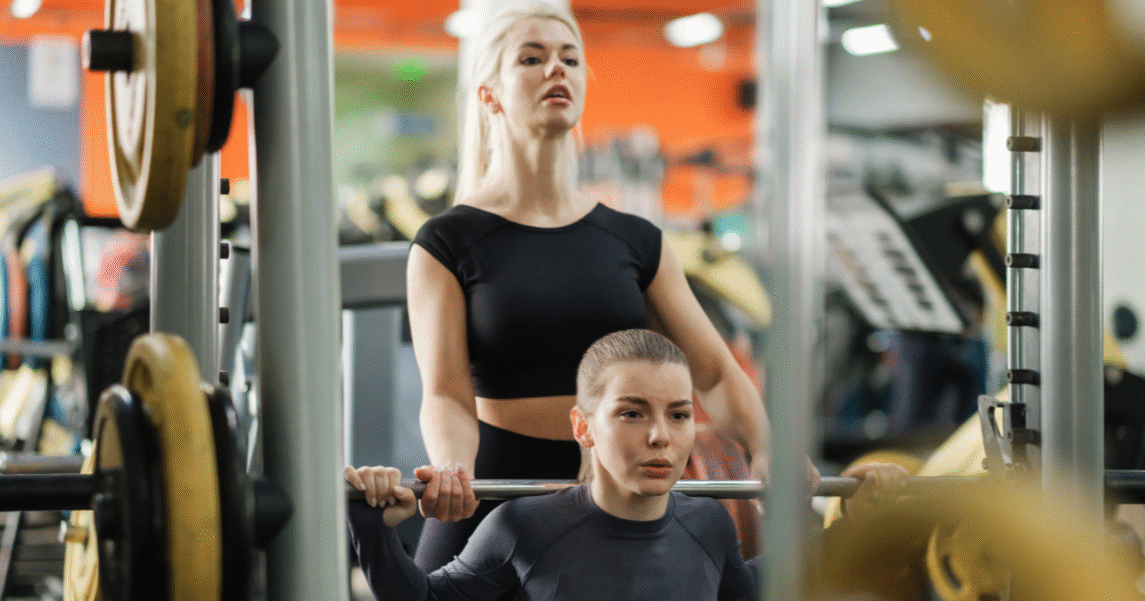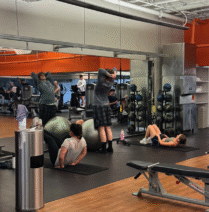
Teamwork makes the dream work… or does it? Pairing up for your fitness journey can unlock some serious benefits—but it’s not always smooth sailing. Let’s explore the powerful perks and potential pitfalls of working out with a friend.
The Bright Side: Why a Workout Buddy Can Be a Game-Changer
1. Built-In Accountability
Knowing someone expects you to show up sparks commitment. You’re less likely to hit snooze when it’s not just about you. Making plans with a friend often translates into more consistent workouts and stronger routines—pure peer-powered motivation.
2. Friendly Competition and the Kohler Effect
That little extra push from a slightly fitter buddy can seriously boost your performance. It’s called the Köhler motivation gain effect—when someone marginally ahead of you is “in your corner,” you can end up working nearly twice as hard.
3. Fun, Flow, and Fast Minutes
Chatting, laughing, and shifting time as your feet hit the pavement—time seems to slip when you’re having fun. Workouts become less a chore and more a hangout—and they’re over before you know it.
4. Fresh Ideas and Shared Knowledge
Your gym buddy likely knows tricks you don’t. Whether it’s a new movement or a training class, having someone to explore with opens your fitness repertoire—and keeps things interesting.
5. Safety and Support
Weights, late-night runs, or solo circuits are safer when you have someone watching your back—or spotting your lift. Working out with a friend can reduce risk and boost confidence.
6. Stronger Motivation and Goal Achievement
Studies show pairing up raises gym attendance by over 30% and doubles the odds of showing up—with social incentives playing a big role.
7. Stronger Bonds—and Mental Health Wins
Fitness meets friendship: shared sweat sessions foster deeper connections, and studies show that group workouts—even online—can enhance well-being and reduce loneliness.
The Flip Side: What to Watch Out For
1. Mismatched Fitness Levels
When one partner is lightyears ahead—either stronger or newer—it can create frustration, injuries, or slowed progress for either party. Balance and communication are key.
2. Scheduling Conflicts & No-Shows
Planning is everything—if your schedules don’t align, or worse, your buddy flakes, consistency takes a hit. A backup plan (or a solo option) helps.
3. Distracted Workouts
Sometimes a workout buddy is more talk than training partner. It’s easy to veer off into gossip or chit-chat—diluting your focus and effort.
4. Social Pressure and Unhealthy Competition
A nudge is great—but pressure to “keep up” or perform can backfire, leading to stress, injury, or strained dynamics. Clear goals and a positive vibe help keep pressure healthy.
5. Loss of Solo Focus Time
Sometimes you crave your own zone, your music, your pace. Constant companionship can rob you of that focused, mindful workout—you know, the therapy-in-motion kind.
Smart Tips for Choosing the Right Workout Buddy
| Tip | Why It Helps |
|---|---|
| Pick someone with a similar fitness level or compatible goals | Keeps both parties motivated and challenged without frustration |
| Clarify expectations (focus vs. chat, pace, schedule) | Avoids misalignment and awkward overlaps |
| Have plan-B options (solo routines, alternative times) | Keeps progress moving forward, even if plans fall apart |
| Balance solo and paired sessions | Retains your personal focus time and recovery space |
| Encourage—not pressure—each other | Builds trust, reduces stress, boosts long-term consistency |
Is a Workout Buddy Right for You?
Choosing to exercise with a friend can be a powerful motivator, a fun social ritual, and a way to keep pushing your limits—especially under the right conditions. But it’s not for everyone, and the best results often come from balance: mixing supportive partnership with focused solo sessions.
In the end, fitness is deeply personal: whether you thrive in sync or find rhythm alone, the best workout is the one that keeps you coming back.
Tags: fitness motivation, fitness tips, workout buddy



